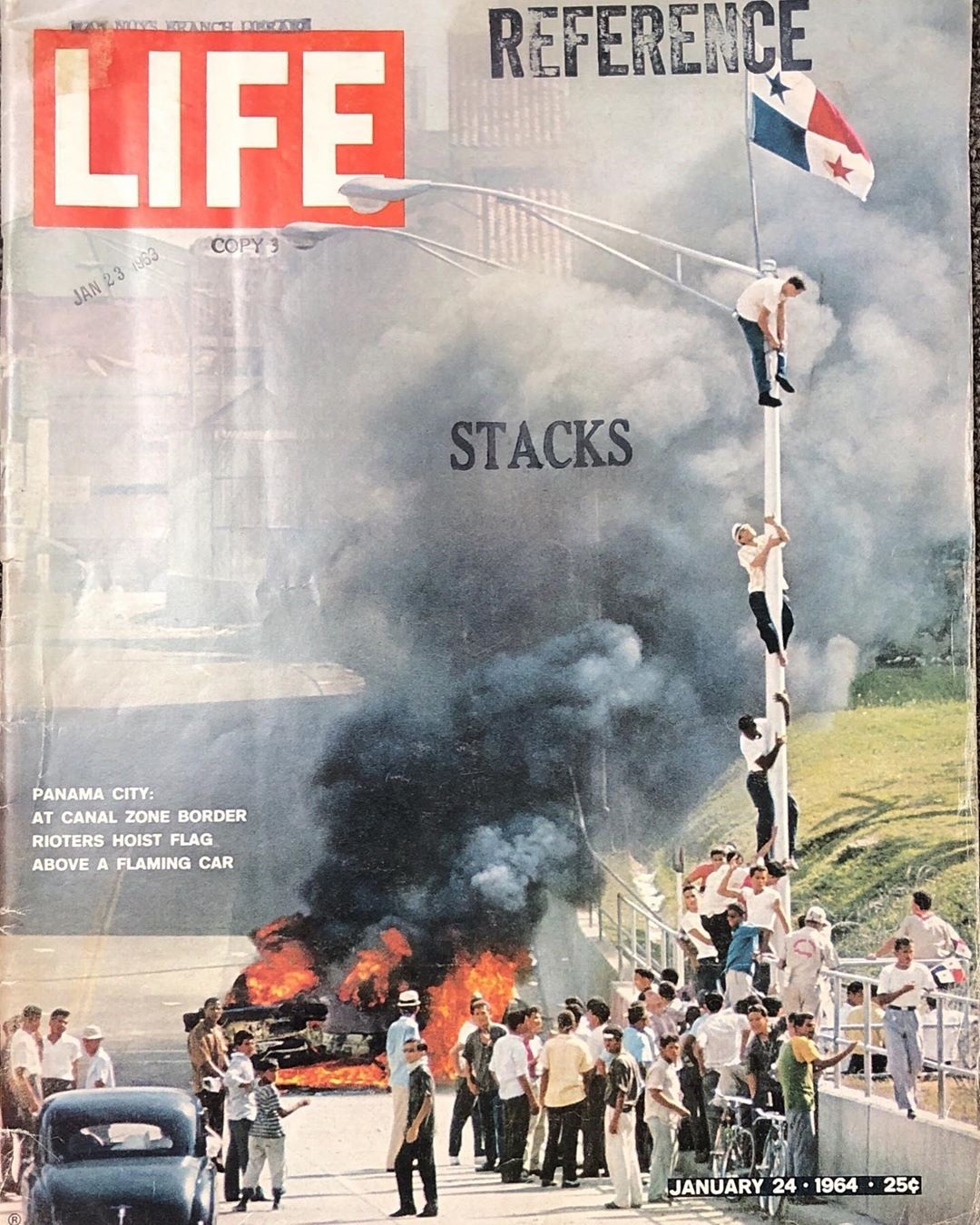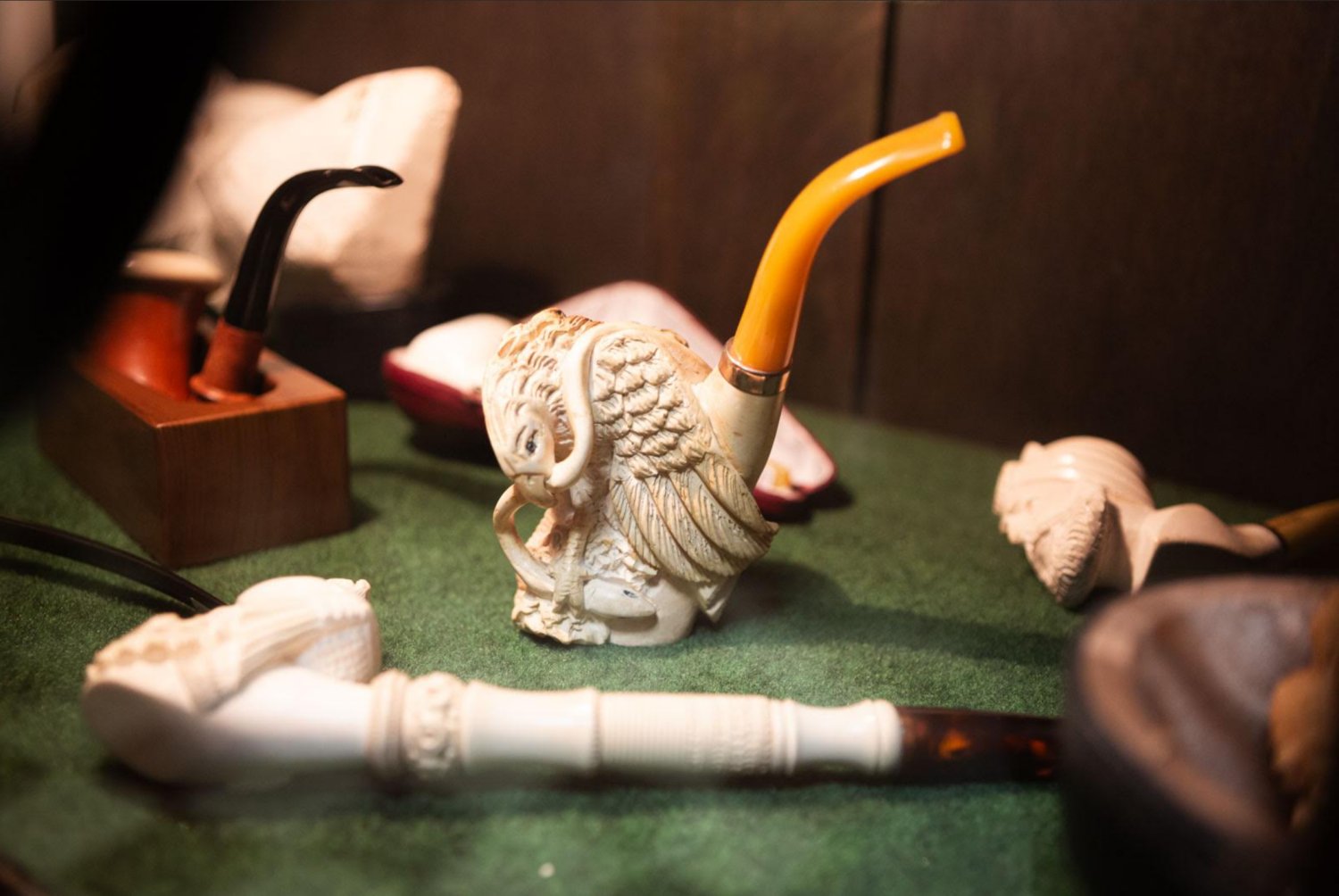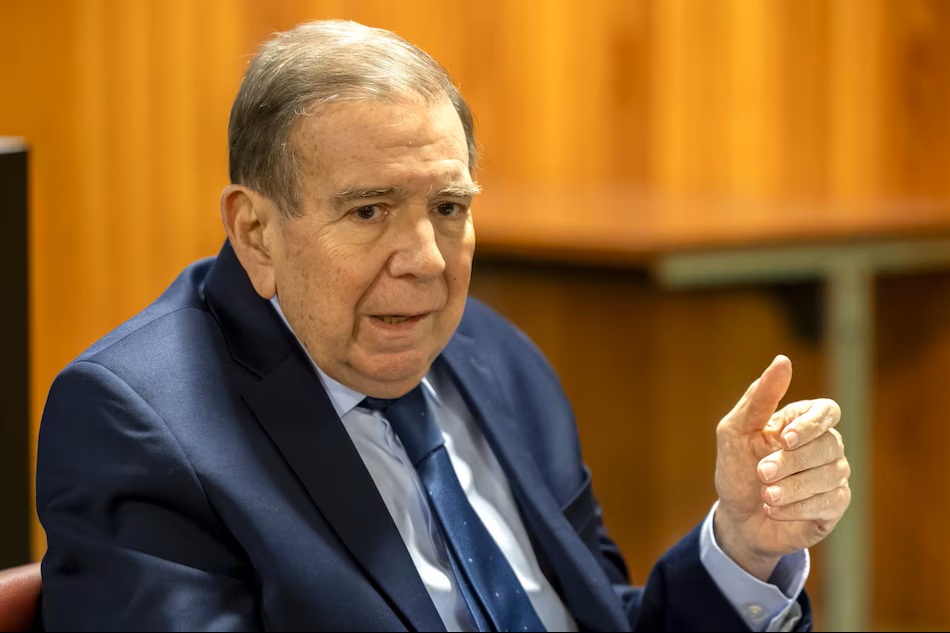Historical “gold” uncovered in Panama

The world will be reminded this month that that Panama has more than one kind of gold and a long history.
 The publication in National Geographic of an article on artifacts recovered during a "dig" reveals a new treasure for archeologists and, if properly handled, for the citizens of the country and for tourism.
The publication in National Geographic of an article on artifacts recovered during a "dig" reveals a new treasure for archeologists and, if properly handled, for the citizens of the country and for tourism.
Panama's Big Dig, by A. R. Williams, photographed by David Coventry (Page 66).
"In a grassy, sun-parched field in central Panama, gold was coming out of the ground so fast that archaeologist Julia Mayo was tempted to yell, Stop, stop!," writes author A.R. Williams. Determined to uncover new evidence of an ancient society, Mayo followed her instincts and has unearthed one of the richest discoveries in the Americas in decades. By 2010, Mayo had uncovered an ancient cemetery more than a thousand years old, with tombs of two warrior chieftains adorned in gold. The artifacts are shedding new light on the region's little-known culture — and this is only the beginning, as Mayo believes her cemetery holds about 20 more
The latest find is one in a long line of discoveries dating back to the early 1900’s and the National Georgraphic article gives details of many of them and says: “Specialists at the Smithsonian Institution are analyzing the array of materials Mayo's team has unearthed and have already made a major discovery. Natural impurities in the gold indicate that the metal was mined and worked in the region. This firmly puts to rest any debate about whether Panama's treasures were imported from farther south, where cultures were supposedly older and more advanced. The native people in this area may have lived in simple huts, but they were rich enough to support master craftsmen and sophisticated enough to appreciate fine art.
“Mayo believes her cemetery holds about 20 more tombs of chiefs like the two she has excavated. When she estimates how long it would take to uncover them all, the number is so extreme it sounds like a joke—until you do the arithmetic. Her team of ten works slowly, scraping back the hard alluvial soil with care to gather the smallest pieces of evidence. In four years they have exposed 2 percent of the cemetery. If work were to continue every year at that pace, the last artifact would be plucked from the ground 196 years from now.”
Just a few miles upriver Mayo has found signs of another cemetery. "If it's as rich as El Caño and Sitio Conte, this area could be Panama's Valley of the Kings. In Egypt, though, most of the tombs have been looted. Here they should still be full of surprises."





